Archaeologists have unearthed the remains of a house along the Via del Vesuvio, now known as the "House of Elle and Frisso" in Pompeii. The house contains important evidence of a family's attempt to flee to safety to survive the terrible disaster nearly 2,000 years ago. |
Specifically, on August 24, 79 AD, Mount Vesuvius erupted violently, killing more than 2,000 people in the nearby town of Pompeii and burying them in volcanic ash. |
Recently, archaeologists announced that they have discovered evidence of a family in Pompeii who attempted to flee from disaster Mount Vesuvius at "The House of Elle and Frisso". |
Inside the house, experts found evidence that the people living there tried to protect themselves when Mount Vesuvius "awakened". |
A bed had been pushed against the bedroom door, possibly to protect the occupants from the impact of the erupting Mount Vesuvius. |
Inside the room were the remains of at least four people, including a child. The house they lived in had a large foyer that opened into a central atrium, a bedroom and dining area. |
Experts theorize that lapilli — small pieces of volcanic rock thrown up during the early stages of the Vesuvius eruption — fell through the skylight, which was originally designed to let rainwater flow in. |
The architectural feature of a skylight in a home can inadvertently act as an early warning system, alerting family members to impending danger. |
So, the family living in "The House of Elle and Frisso" moved into the bedroom and used the bed to block the door as a shield. However, all the family's efforts were in vain as they all died in pain due to volcanic disaster Vesuvius caused. |
Readers are invited to watch the video : Volcanic eruption in Iceland. Source: VTV24.
Source: https://khoahocdoisong.vn/bang-chung-moi-ve-tham-hoa-kinh-hoang-gan-2000-nam-truoc-post270187.html


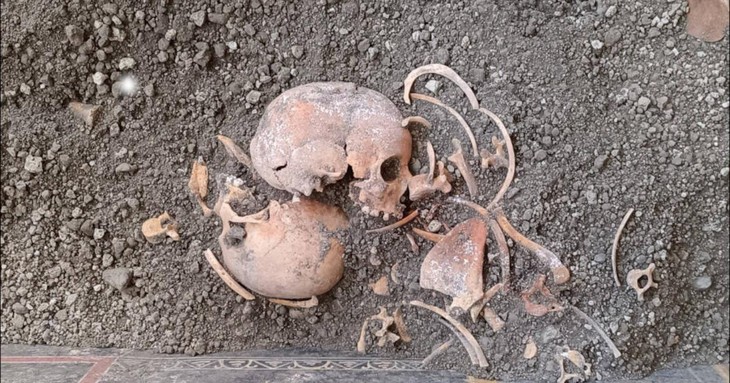
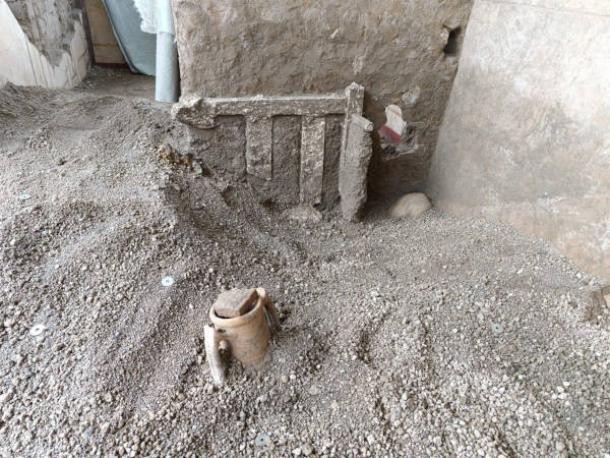
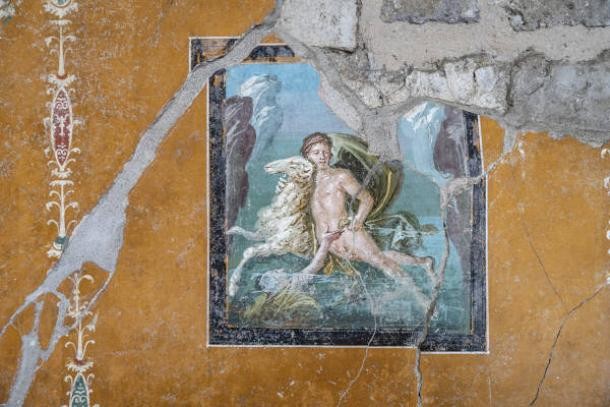




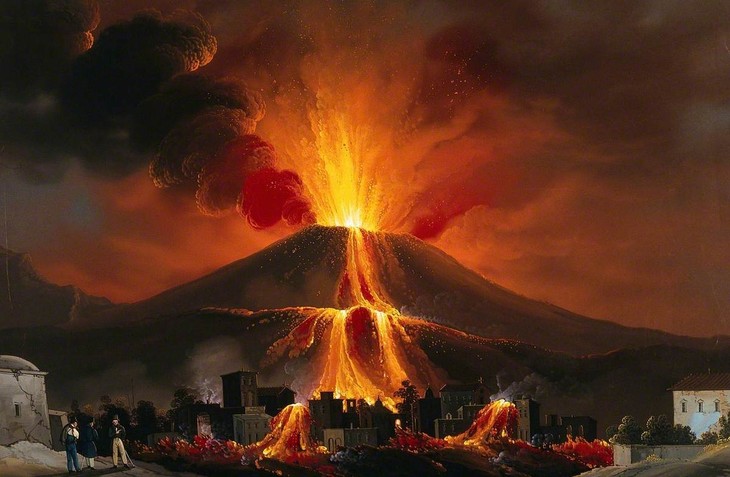
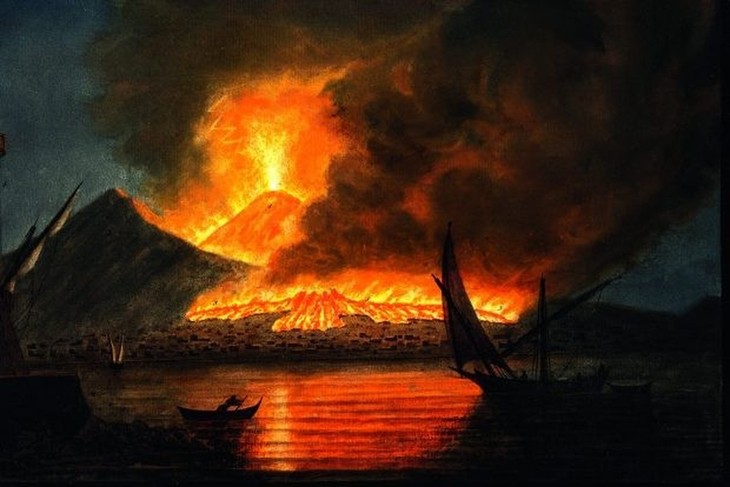
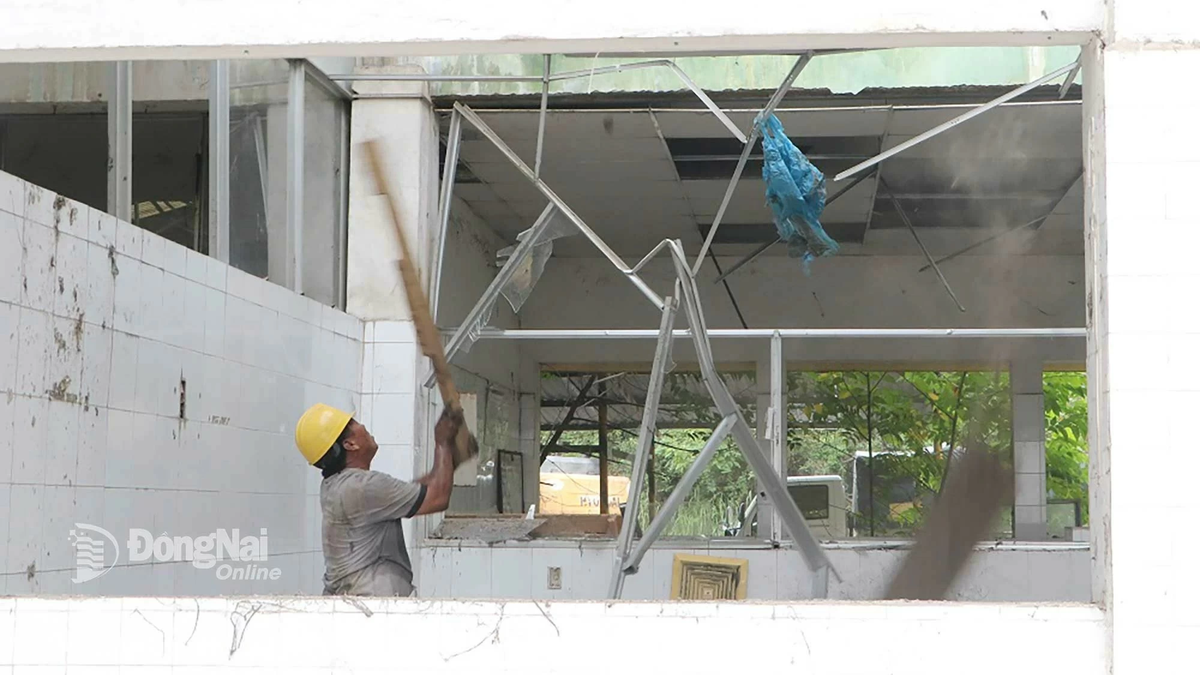





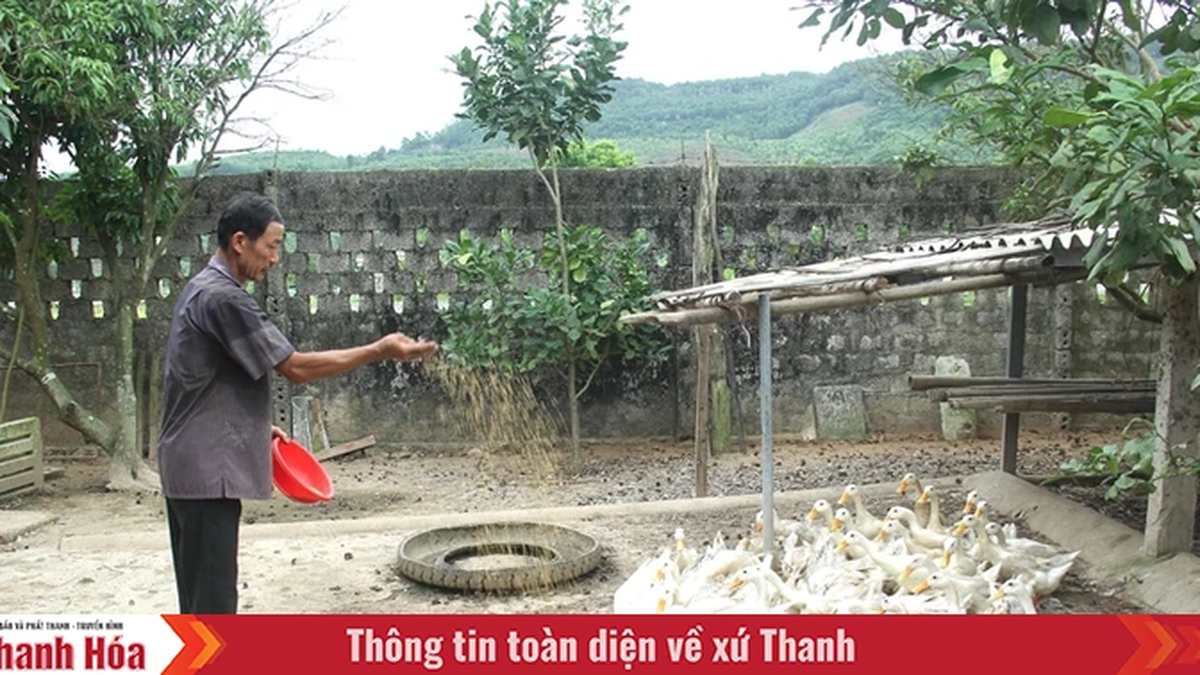


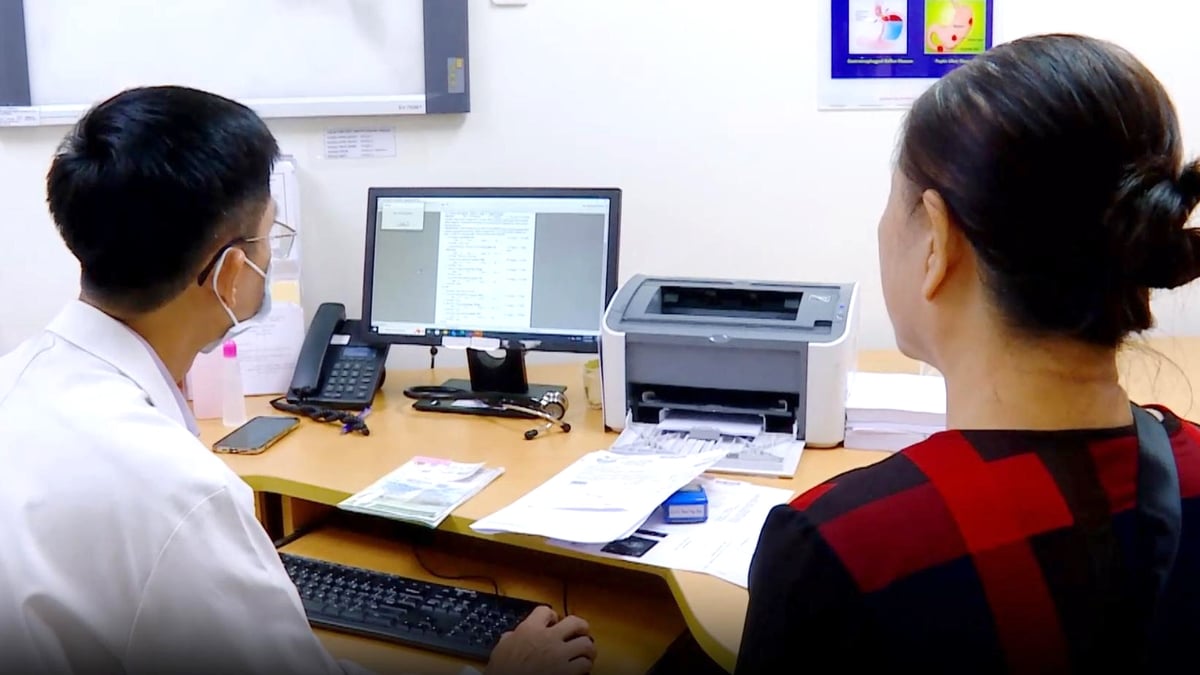












































![[Maritime News] Container shipping faces overcapacity that will last until 2028](https://vphoto.vietnam.vn/thumb/402x226/vietnam/resource/IMAGE/2025/7/30/6d35cbc6b0f643fd97f8aa2e9bc87aea)













































Comment (0)